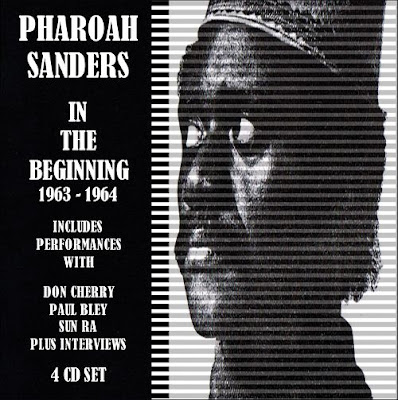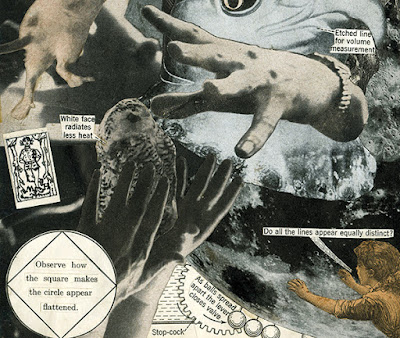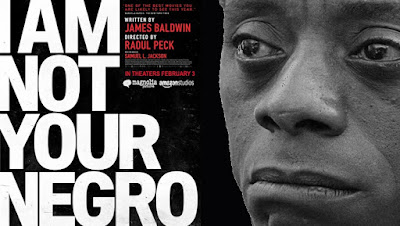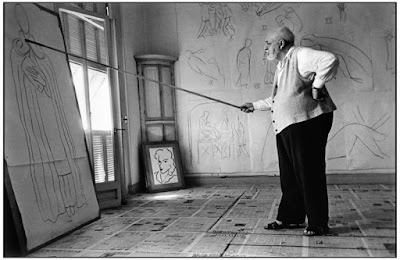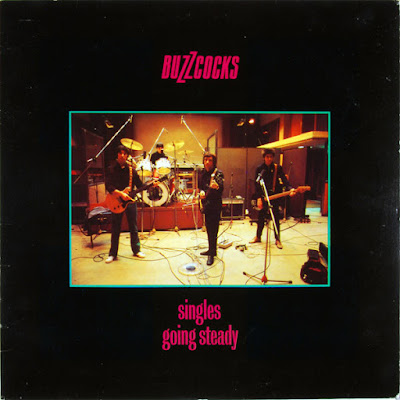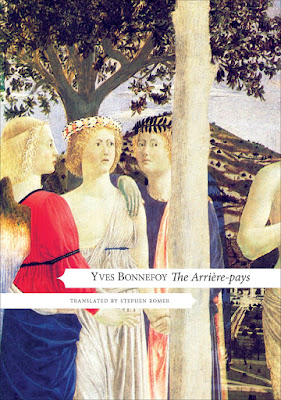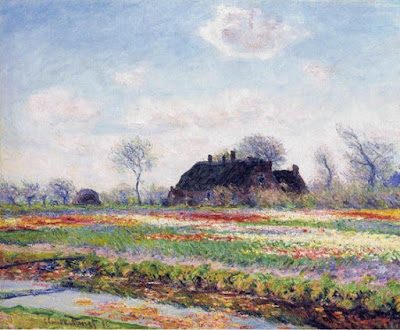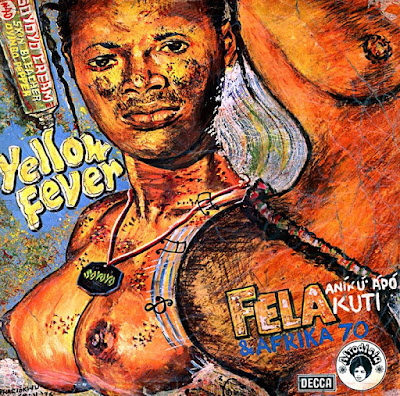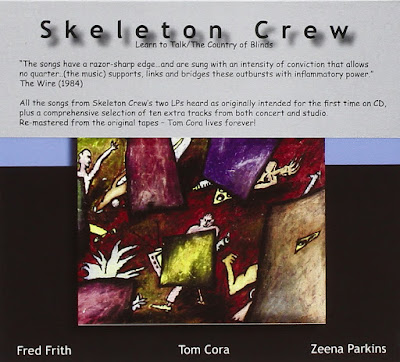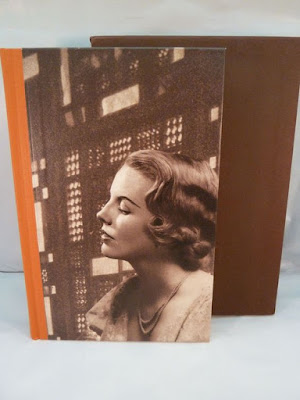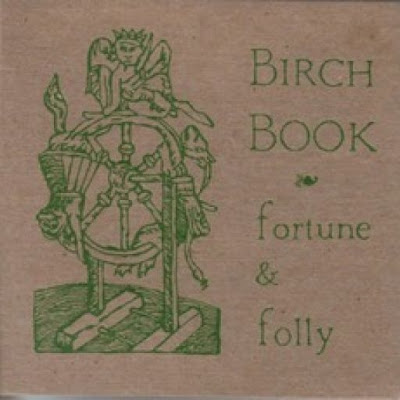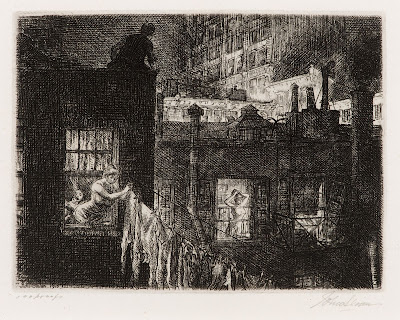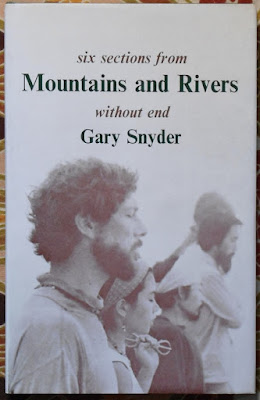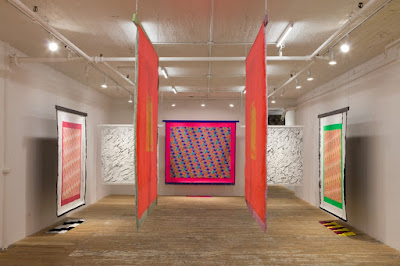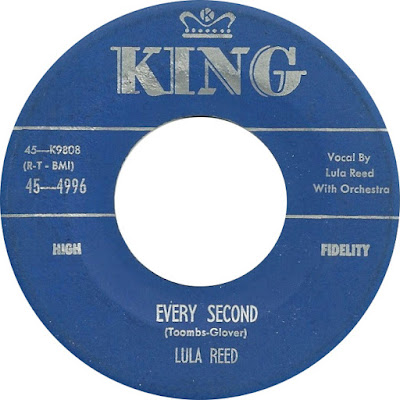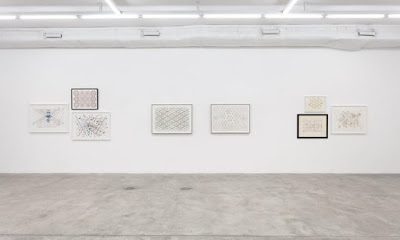
'We will do everything in our capacity to see our culture is represented and open up a cross-cultural dialogue with New York City,’ says Sheikh Mohammed Rashid Al-Thani.
"Sheikh Mohammed Rashid Al-Thani noticed something missing in New York City’s cultural institutions – there is the Swiss Institute, the Asia Society and the Jewish Museum, but there isn’t anything to represent Arab Muslim artists, until now. Al-Thani, who is part of the ruling family of Qatar, is opening up New York City’s first Institute of Arab and Islamic Art on 4 May. The 2,500 sq ft space will host exhibitions with Muslim and Arab artists, foster interfaith dialogue with public discussions and will be home to a new bookstore. According to Al-Thani, who is the founding director, he wanted to set straight some Muslim stereotypes. ... Even with Islamophobia and Trump’s recent Muslim ban, Al-Thani has been working towards the institute since 2014. One inspiration was Orientalism, a book about Middle Eastern stereotypes written by Palestinian American cultural critic Edward Said in 1978. ..."
Guardian
IAIA: Exhibition 1
Art In America
Institute of Arab and Islamic Art
